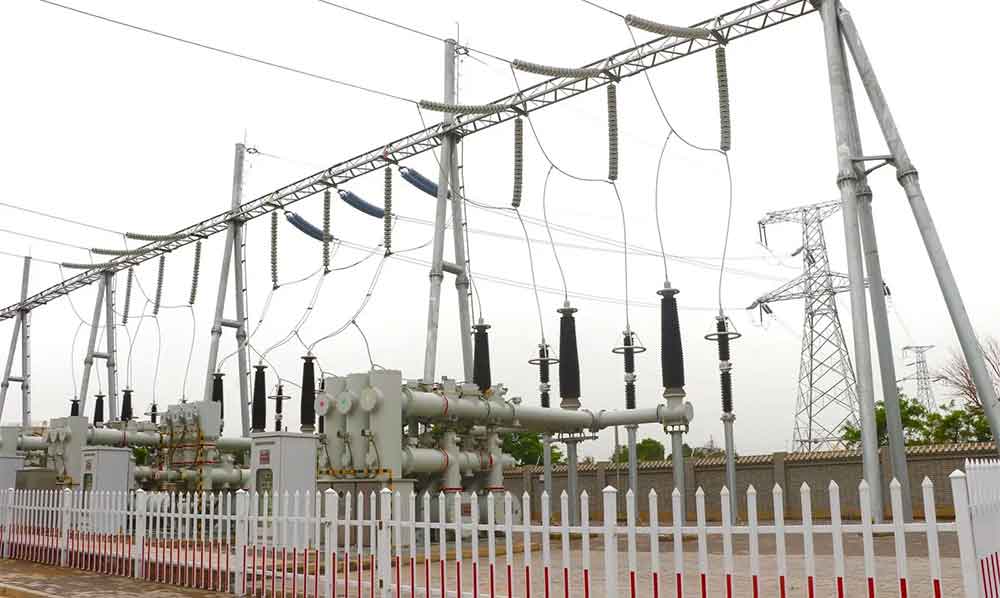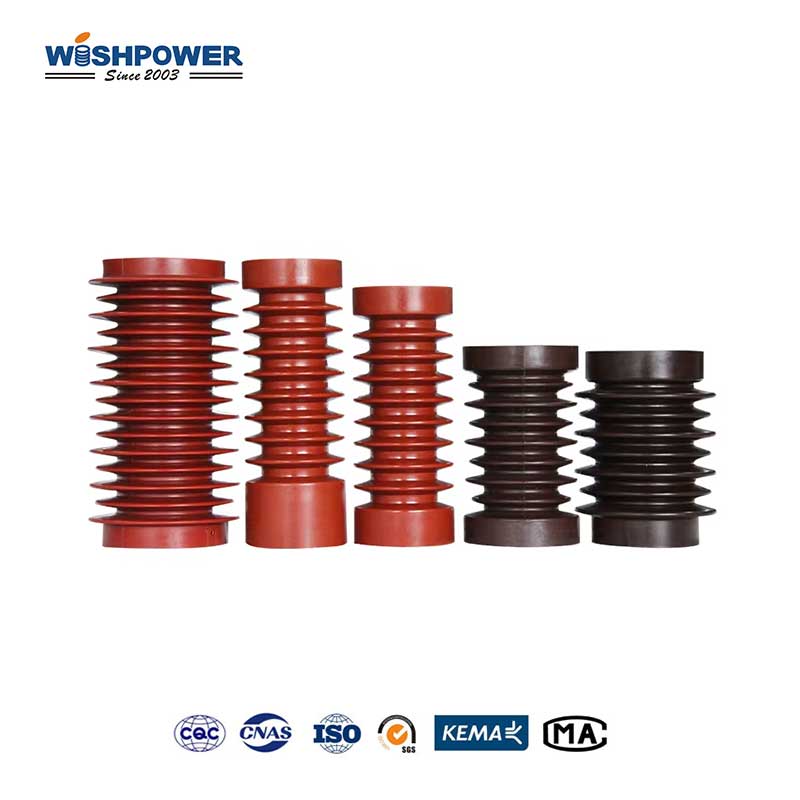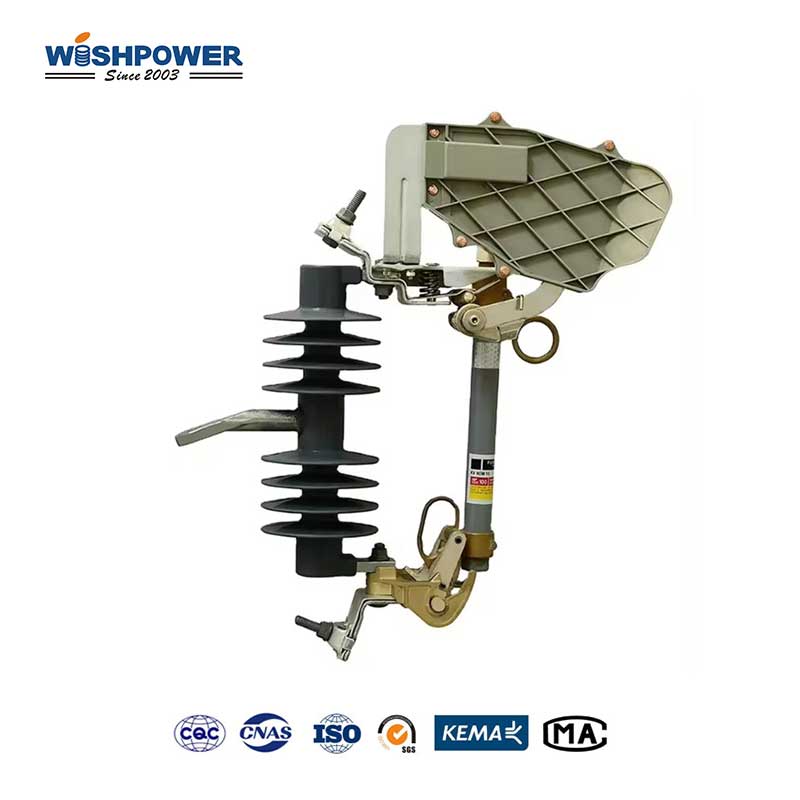When it comes to electrical insulators, porcelain is highly reputed and favored for different high-voltage applications. It also has high performance in terms of thermal, mechanical, and electrical loadings and can be relied upon to protect your power systems.
What are the properties of porcelain as an insulator?
1. High Dielectric Strength
Porcelain has great dielectric strength which means it can endure electrical stress without collapsing. This property is essential in high-voltage power lines, which must have insulating materials that do not allow electrical current to be conducted to other wires, or the surrounding air (which would cause a short circuit). Porcelain has a compact, almost non-porous structure that allows it to serve well as an insulating material even when the environment is tough with high humidity and in case of pollution.
2. Mechanical Strength
Porcelain is not only electrically but also mechanically strong Being ceramic, it can compress, bend, and stretch – loads that are familiar to power transmission systems. It is what makes porcelain insulators considerably able to support the load from power lines and other mechanical loading as well as withstand the more miscellaneous forces like wind or vibration.
3. Resistance to Weather and Environment
Porcelain porcelain insulator, suitable to be placed out of doors. Further adding to porcelain performance and longevity, having a natural resistance to water absorption and being non-porous helps prevent dust buildup over time in pollution-heavy or humid regions.
4. Resistance to Chemical and Corrosion
Porcelain is a desirable material for insulators that must serve in polluted environments or where salt air is prevalent. This chemical-resistant feature of porcelain ensures it to withstand and hold up to insulation properties in harsh and corrosive conditions like wet or marine atmospheres present along coastal regions.
5. Longevity and Low Maintenance
One of the most valuable properties of porcelain as an insulator is its longevity. A porcelain insulator can work for decades with little maintenance. This makes them a cost-effective solution for power utilities, by reducing the frequency of replacements and saving operational costs.
6. Versatility in Applications
From power transmission lines to substations and distribution networks, porcelain insulators are applied in a far-reaching way. They are flexible to use in different voltage standings levels and installation territories Porcelain is also extensively used in both horizontal and vertical positions for various system designs and ratings. Apart from power systems, porcelain also finds use in other applications where reliable insulating materials are necessary, such as telecommunications, railway electrification, and industrial machinery. Even more interestingly, the use of this material can result in a successful insulator practically due to its possible adaptability on a large scale.
7. Invar has a very low thermal expansion and is stable in ambient temperature.
Another good property that porcelain has for being used insulation comes from its low coefficient of thermal expansion. Over time, materials that heat up and cool down dramatically with temperature excursions can become brittle, and cracks or breaks in the insulator may occur. On the other hand, porcelain does not expand significantly as a result of heat, meaning it will maintain its structural integrity and thermal properties. Which can happen for example in desert applications or a high-altitude deployment.

Conclusion
Porcelain’s combination of high dielectric strength, mechanical resilience, and environmental durability makes it an ideal material for electrical insulation. Its ability to withstand a range of conditions ensures reliable performance in power transmission and distribution, making it a trusted choice for both industrial and utility applications.
If you have different opinions or want to know more, please leave a message on the website or contact us directly at info@wishpower.net

















